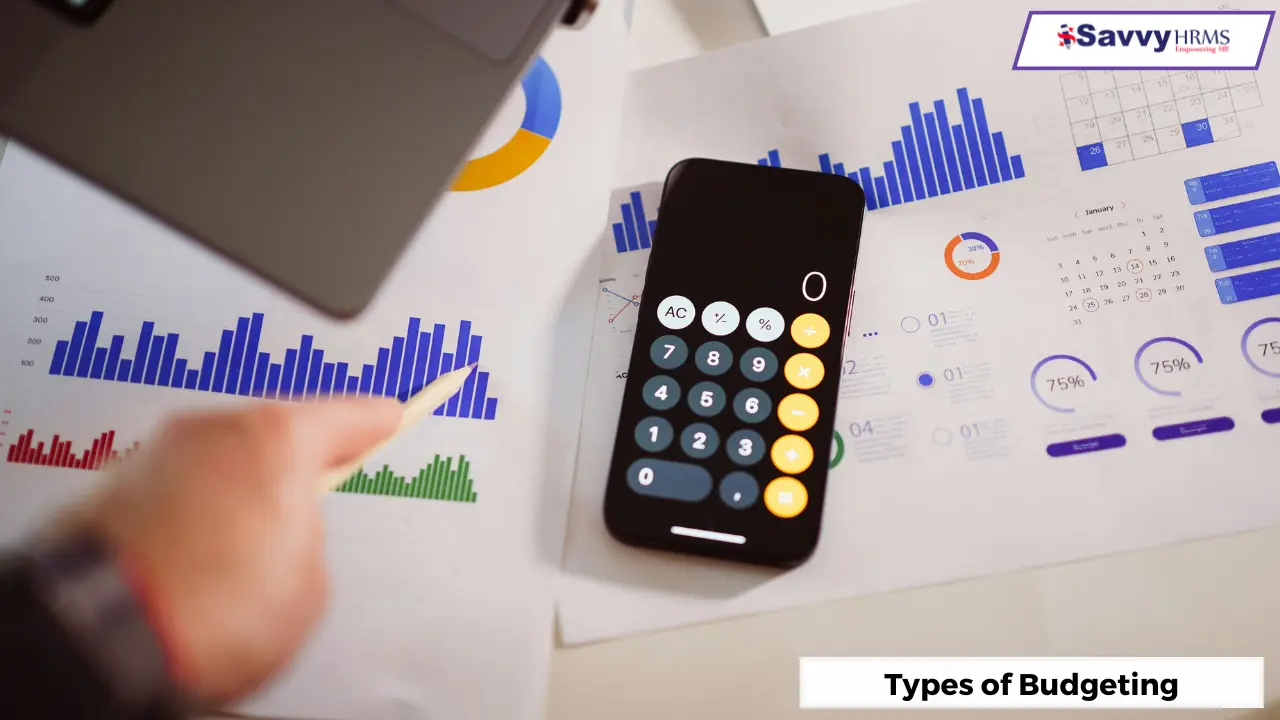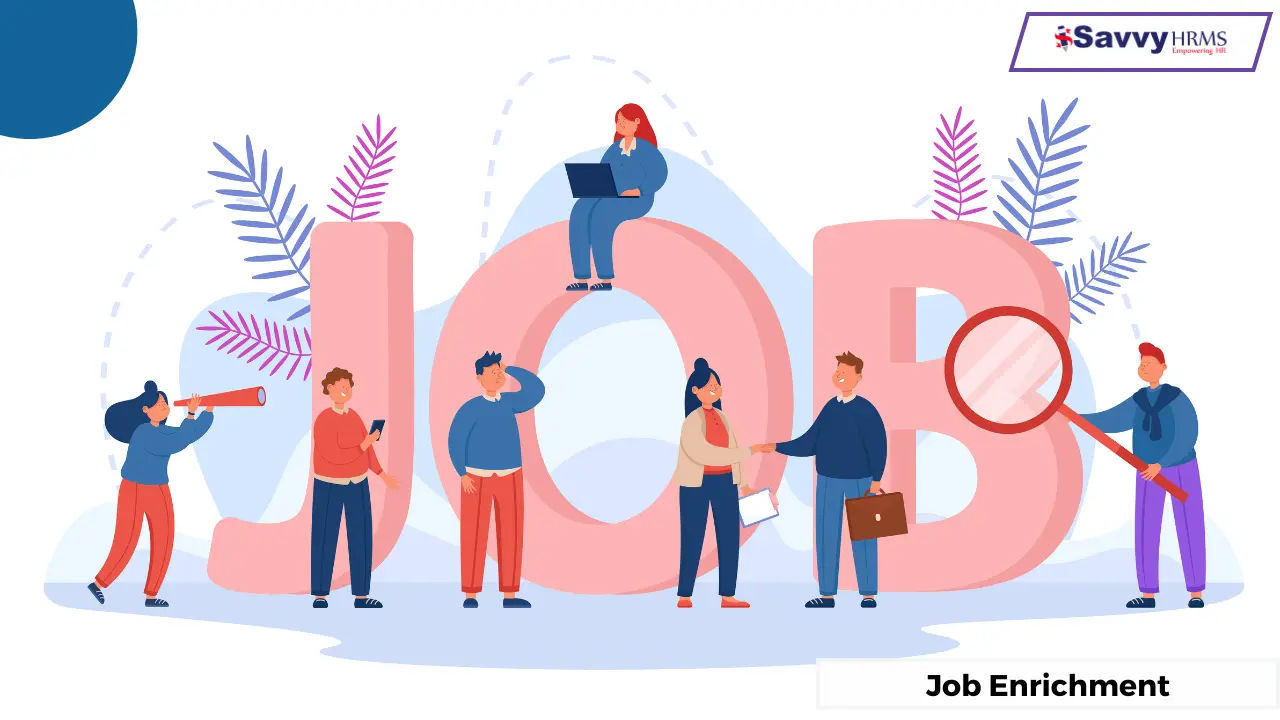Budgeting is the foundation of financial management. However, it is vital that professionals and organisations know about the different types of budgeting. The utilisation of a particular budgeting type can help HR managers plan payroll. And business owners can allocate resources.
What Are the Types of Budgeting?
Before getting too far, let’s list out the most common types of budgeting across sectors:
1. Incremental Budgeting
Just as it sounds: build upon the previous budget until it is updated. The problems with incremental budgeting are that it can miss opportunities for useful inefficiencies.
2. Zero-Based Budgeting (ZBB)
Zero-based Budgeting means every new budget cycle starts from zero. And if a company is looking to cut costs and reduce waste, this method is perfect.
3. Activity-Based Budgeting (ABB)
While the higher level of accuracy is useful, this method requires a significant amount of analysis to reach a production level.
4. Performance-Based Budgeting
Performance-based budgeting allocates funding based on the output. Produced by programs or departments. Frequently used in government, it emphasizes accountability for spending.
5. Flexible budgeting
Flexible budgeting allows for adjusting real-time factors, such as sales or volume of production, and is a very flexible budgeting/financial analysis model.
6. Rolling budgeting
Often faces / quarterly. This will provide more precise forecasts. And constantly mirror reality.
Understanding the types of budgeting will help a decision maker choose. The model of budgeting that will meet the unique criteria of their organizational structure and goals.
Understanding the Different Types of Budgeting is Important
- Set realistic financial targets
- Respond to existing market trends
- Identify overspending issues
- Foster accountability in all departments
People are charged with human resource planning in their organisation. Should appreciate that the use of the correct budgeting type can impact other areas of decision-making. Including compensation, hiring, and training.
Understanding the Different Types of Budgeting is Beneficial
Every budgeting method affords users its own benefits. For example:
- Zero-based budgeting is effective for ensuring the best value for costs incurred.
- Activity-Based Budgeting provides clarity on operations.
- Performance-Based Budgeting helps track performance.
When organisations employ the correct approach to meet their targets. They can increase their ROI. And create better alignment of strategies and transaction effectiveness.
Importance of Recognizing Types of Budgeting
By recognizing types of budgeting, organizations can:
- Set realistic financial expectations.
- Adjust to changes in the market.
- Analyze where their costs are exceeding them.
- Enhance accountability across departments.
Additionally, it is important for those involved with hr planning decisions.
Advantages
For example:
- Zero-Based Budgeting can ensure efficiency with costs.
- Activity-Based Budgeting will improve clarity with activities.
- Performance-Based Budgeting offers a nice way to track results.
When an organization aligns its goals with the types of budgeting. It can be assured of maximizing their ROI and working more efficiently.
HR Considerations Related to Budgeting
HR professionals must maintain an appropriate knowledge of budgeting types in order to properly manage:
- Payroll planning.
- Recruitment plans and budgets.
- Training and development expenditures.
Obviously, the budgeting type reflects the employee relations. Labour relations, benefits administration, and the most significant issue of talent retention.
Choosing the Right Type
When choosing the different forms of budgeting that are available, you should consider:
- The size and complexity of the organisation
- Strategic objectives
- Sector market volatility
- The departmental needs
For example, startups may benefit from flexible budgeting. While established firms may choose to focus on incremental or rolling budgets.
Conclusion
As organisations grow, it becomes essential to start using the best-fit types of budgeting. With the right decision-making, appropriate planning, and regular reviews. Businesses will not only provide useful insights on cost efficiencies but will also stimulate innovation and productivity.
FAQS
Q1. What are the major types?
- Incremental
- Zero-based
- Activity-based
- Performance-based
- Flexible
- Rolling budgets
Q2. What types of budgeting are most useful for HR activities?
Zero-based and activity-based budgeting. Given its emphasis on being detailed with control over recruitment and training budgets.
Q3. What is the effect of the types of budgeting on business performance?
The ideal budgeting method will help manage costs. Enhance accuracy in planning. Also, financial consequences.
Q4. Can one organisation use multiple types of budgeting?
Yes, many organisations use multiple types of budgeting based on department needs and market conditions in HR software.
Q5. Why is it important to know the various types of budgeting?
This will help increase the selection of the most efficient forms of budgeting




